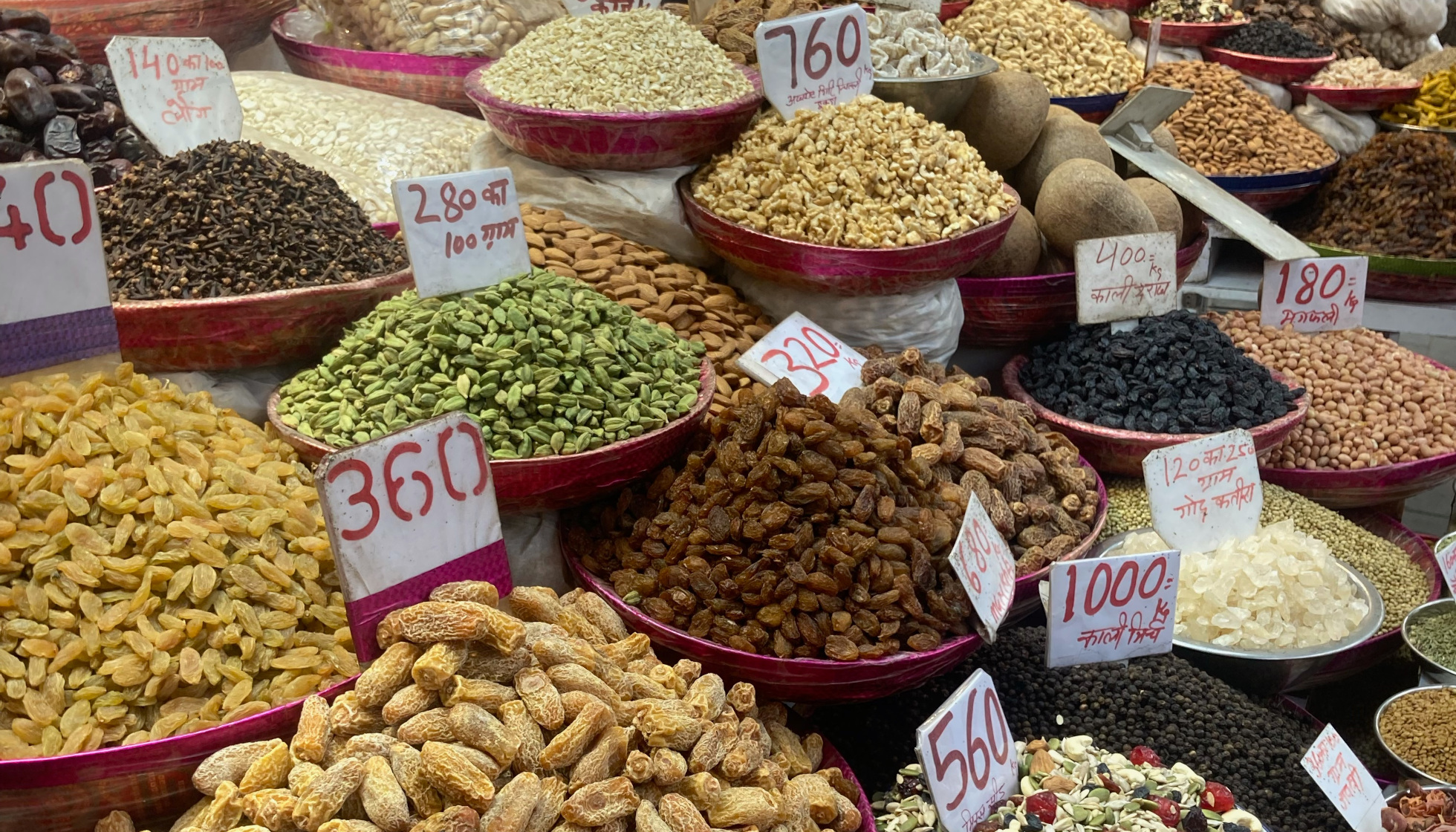Harnessing The Healing Power of Spices
by Serena Hodge

Spending the previous month galavanting around overseas, I learnt lots about the flavour-packed cuisine that bestrews the colourful streets of Northern India. First, that their version of mild spice is my idea of an inferno. And second, that spices can act as a nutritional powerhouse when it comes to maximising our health through food.
While the use of spices in traditional Ayurvedic medicine dates all the way back to the second century BC, in our part of the world we don’t tend to think of their use much beyond adding flavour (and maybe a flare of colour) to food.
Commonly referred to as ‘warming spices’, chilli, cinnamon, ginger, turmeric, cayenne pepper, cumin, and black peppercorns have the ability to increase body temperature and enhance circulation in the body. They each possess their own unique flavour and health profile, although are widely praised across the board for their antioxidant and anti-inflammatory properties. Below, I unpack the benefits of three of the spices we commonly use down under.
Chilli:
Responsible for their unique, fiery taste, capsaicin is the bioactive compound found in chilli peppers. There is some evidence to suggest that capsaicin reduces appetite, caloric intake and increases fat burning. For these reasons, it has been associated with promoting weight loss. Note: not all studies have found chilli peppers to be effective in this realm, with some suggesting these outcomes only occur amongst people who don’t regularly consume them. So before you start smashing chilli peppers in an attempt to get bikini-body ready, remember that they would be of most benefit when consumed as part of a healthy, balanced diet.
Cinnamon:
The sweet, distinct smell of cinnamon is due to a bioactive compound cinnamaldehyde. Found in its oily component, the rich concentration of cinnamaldehyde is believed to be responsible for the positive benefits cinnamon can exert on health and metabolism. Most notably, it’s ability to assist in lowering blood sugar levels. This is through the mechanism of slowing the breakdown of carbohydrates in the digestive tract from food. Once absorbed, insulin is the hormone responsible for moving sugar from your blood to your cells for energy. It is thought that a compound in cinnamon may mimic the effect of insulin to improve blood sugar uptake in cells. Other evidence suggests it may also be effective in reducing insulin resistance and lowering Hemaglobin A1c levels, which are hallmark risk factors for developing metabolic syndrome and type 2 diabetes. The effective dose being 0.5-2 teaspoons, daily.
Black peppercorns:
Black peppercorns are rich in a bioactive compound called piperine. In recent years, piperine has gained traction for its potential cancer-fighting properties. Although no human trials have been performed, test-tube studies found that piperine slowed the replication of breast, prostate and colon cancer cells. While also being effective in inducing cancer cell death. Another potential benefit of piperine is improving brain function. More specifically, it has demonstrated potential benefits in improving symptoms related to neurodegenerative conditions such as Alzheimer’s and Parkinson’s disease. It is important to note that currently, these neuroprotective benefits have only been observed in animal studies. Piperine is also known to assist in improving the absorption of other beneficial dietary components. One example of this is curcumin, the active compound associated with the anti-inflammatory properties of turmeric. This is why you will sometimes see pepper added to turmeric lattes.
Personally, I feel my best when my meals are adorned with the fragrant goodness of spices. They add freshness, an earthy taste, and intuitively just feel good. Dried or fresh, I’m not fussed. Just remember to check the best before dates in your existing spice rack before you get cooking. Because FYI, if they are 10+ years past the expiry, the nutritional benefits won’t exactly count. Now excuse me while I sign off to make myself a banana and cinnamon smoothie. Maybe, just maybe, you will be inspired to spice up your pantry this summer too.
Follow Serena on Instagram at @coconut_mason. You can read more at www.coconutmason.blogspot.com.

